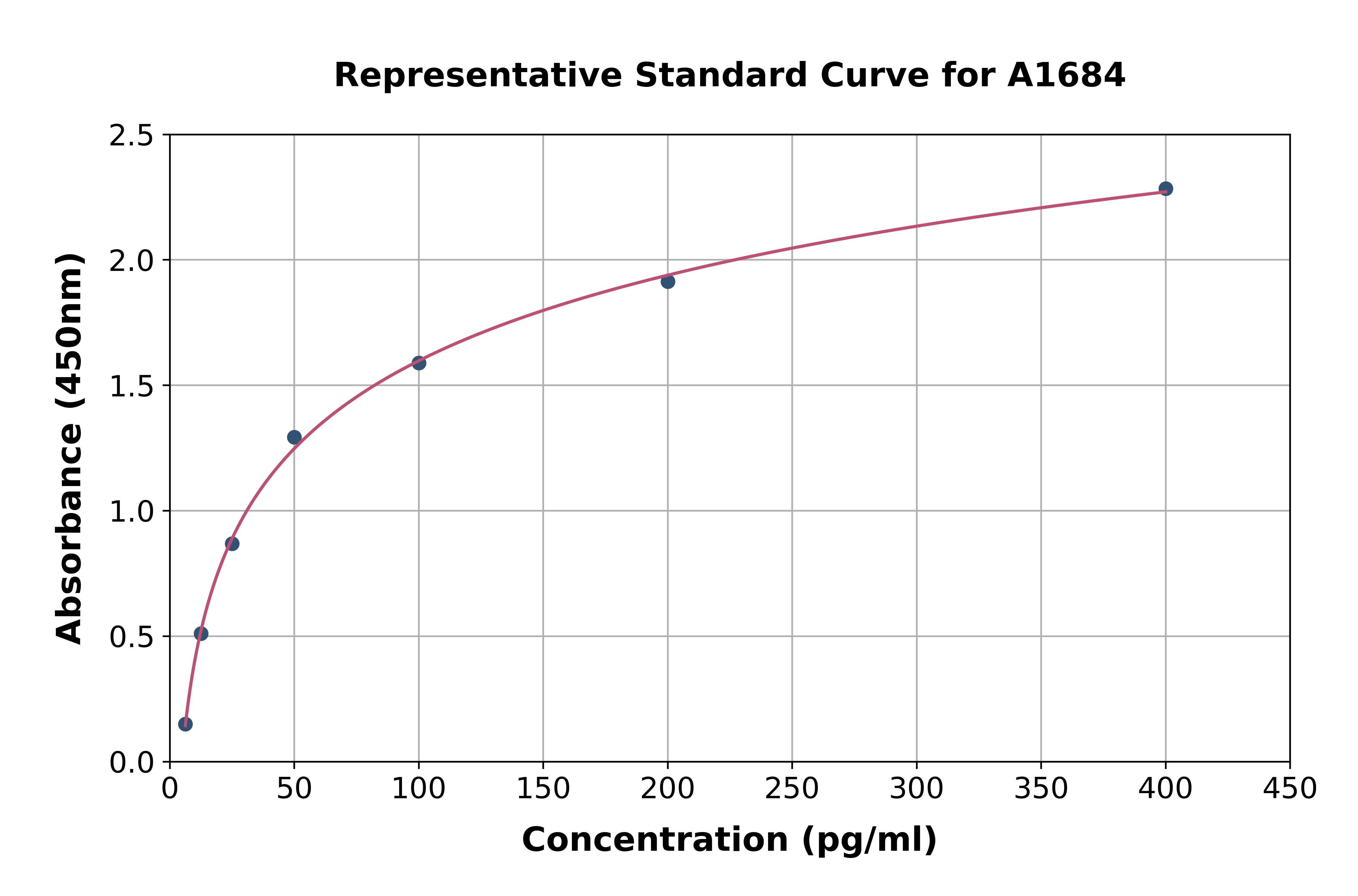Human EPO ELISA Kit
ARG80825
Product group Assays
Overview
- SupplierArigo Biolaboratories
- Product NameHuman EPO ELISA Kit
- Delivery Days Customer23
- ApplicationsELISA
- Assay Sensitivity1.1 mIU/ml
- Assay Time2 h, 30 min (RT)
- CertificationResearch Use Only
- Scientific DescriptionErythropoietin (EPO) is a heavily glycosylated protein with a molecular weight of about 30,000 - 34,000 Daltons. Human EPO is a polypeptide consisting of 165 amino acids, containing one O-linked and three N-linked carbohydrate chains. The recombinant EPO is a good substitute for the native protein for use in an immunoassay. Serum EPO levels are dependent on the rate of production and the rate of clearance of the protein. Ninety percent of EPO is produced in the peritubular cells of the adult kidney in response to a decrease in tissue oxygenation. There is evidence indicating that the protein on these cells which detects oxygen saturation of the blood is a heme-containing moiety. As the pO2 of the plasma, a function of the hematocrit decreases, EPO concentration will increase. There are also observations suggesting that normally there is an inverse correlation between serum EPO levels and red blood cell mass. Quantitation of serum erythropoietin concentration serves as a diagnostic adjunct in determining the cause of anemia or erythrocytosis. Aplastic anemia, hemolytic anemia and anemia due to iron deficiency all result in serum EPO elevation. Whereas, EPO levels in patients with secondary anemia due to renal failure and other disorders such as acquired immune deficiency syndrome (AIDS) are generally inappropriately low for the degree of anemia. This is mostly likely caused by an impaired ability of the diseased kidney to produce adequate quantities of EPO. Low concentrations of EPO may give an early warning of kidney transplant rejection. EPO also can be used to monitor AIDS patients undergoing Zidovudine (AZT) therapy. An increased concentration of EPO verifies that anemia associated with AZT therapy is due to red cell hypoplasia or apliasia. Polycythemia rubra vera, or primary erythrocytosis (an increase of red blood cell mass) results from unstimulated over production of erythrocytes. Hence, the increase in the hemoglobin causes decreased production of EPO, which results in subnormal levels of serum EPO. Secondary polycythemias, which are also characterized by an increase in the total red blood cell mass, occur as a physiological response to elevated levels of circulatory EPO caused by tissue hypoxia. The hypoxia may be due to such factors as pulmonary fibrosis, cardiovascular disease, prolonged exposure to high altitude, abnormal forms of hemoglobin or drug treatment. Some tumors produce EPO and, in these cases, EPO may be used as a tumor marker to monitor the effectiveness of treatment.
- Storage Instruction2°C to 8°C
- UNSPSC41116133





